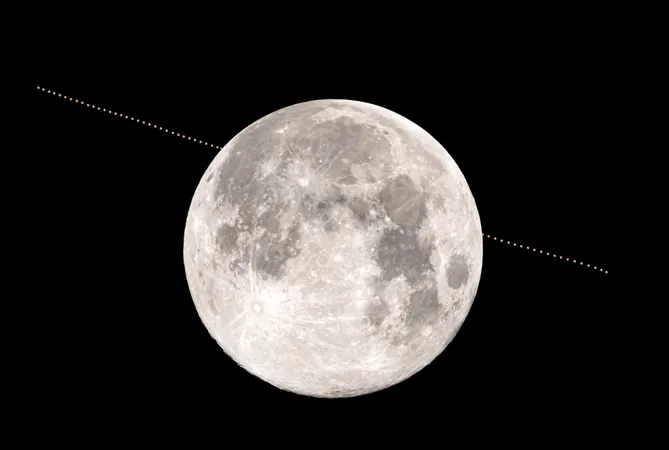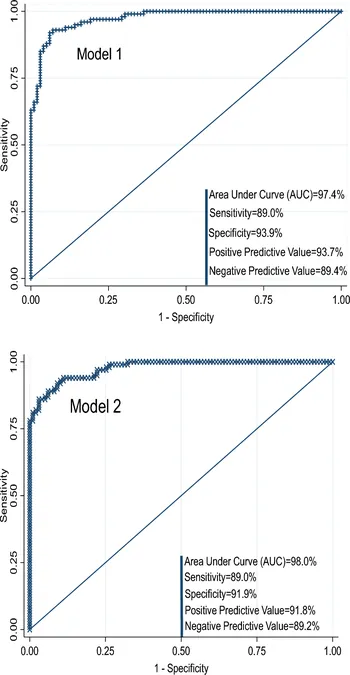
Revolutionary Nuclear Rocket Engine: The Future of Space Travel to the Moon and Mars?
2025-06-02
Author: Yu
A Game-Changer for Space Exploration
Imagine zipping through space at mind-boggling speeds with a revolutionary nuclear engine! Researchers are diving deep into nuclear thermal propulsion, a cutting-edge technology that could redefine missions to the Moon and Mars.
Safety First: A Commitment to Protection
The preliminary study, creatively dubbed 'Alumni,' focuses on the safety of nuclear propulsion systems. This ingenious design ensures that the nuclear core remains dormant until far from Earth, eliminating the risk of it ever entering our atmosphere. Prior to launch, the uranium fuel is nearly non-radioactive and non-toxic, paving the way for worry-free journeys.
Short Bursts, Maximum Safety
While in motion, the nuclear engine gives off neutron and gamma radiation, but rest assured—a multi-layer radiation shield will keep astronauts safe during the brief, powerful boosts lasting under two hours. Remarkably, astronauts traveling to Mars aboard a nuclear-powered spacecraft would actually be exposed to less radiation than those using conventional methods, as travel times could potentially be slashed in half!
Unlocking Nuclear Potential: The Findings of the Alumni Study
The Alumni consortium dug into decades-old nuclear propulsion programs while innovating a new ceramic-metal core boasting a superior thrust-to-weight ratio. After extensive analysis, they’ve found solutions to issues like reactor control and xenon poisoning—barriers to successful operation.
The Next Frontier: Laboratory Tests Await
What's next? Laboratory tests are crucial to advance this nuclear dream, but challenges abound, from fuel sourcing to creating safe testing facilities. This ambitious project is set to span several years, harnessing the enormous potential of nuclear engines.
Ideal for Heavy Lifts: The Power of Nuclear Propulsion
Nuclear propulsion shines brightest for heavy spacecraft that need to achieve astonishing accelerations—think speeds of at least 25,000 km/h, essential for Moon and Mars missions. Hydrogen has been crowned the ideal propellant due to its efficiency, though ammonia could also play a role, being easier to store and lightening the overall spacecraft load.
Towards a New Era in Space Travel?
With its enormous possibilities and commitment to safety, nuclear thermal propulsion could herald a new era in space travel. As we stand on the brink of a space renaissance, are we ready to embrace the power of the atom for our next grand adventures?




 Brasil (PT)
Brasil (PT)
 Canada (EN)
Canada (EN)
 Chile (ES)
Chile (ES)
 Česko (CS)
Česko (CS)
 대한민국 (KO)
대한민국 (KO)
 España (ES)
España (ES)
 France (FR)
France (FR)
 Hong Kong (EN)
Hong Kong (EN)
 Italia (IT)
Italia (IT)
 日本 (JA)
日本 (JA)
 Magyarország (HU)
Magyarország (HU)
 Norge (NO)
Norge (NO)
 Polska (PL)
Polska (PL)
 Schweiz (DE)
Schweiz (DE)
 Singapore (EN)
Singapore (EN)
 Sverige (SV)
Sverige (SV)
 Suomi (FI)
Suomi (FI)
 Türkiye (TR)
Türkiye (TR)
 الإمارات العربية المتحدة (AR)
الإمارات العربية المتحدة (AR)